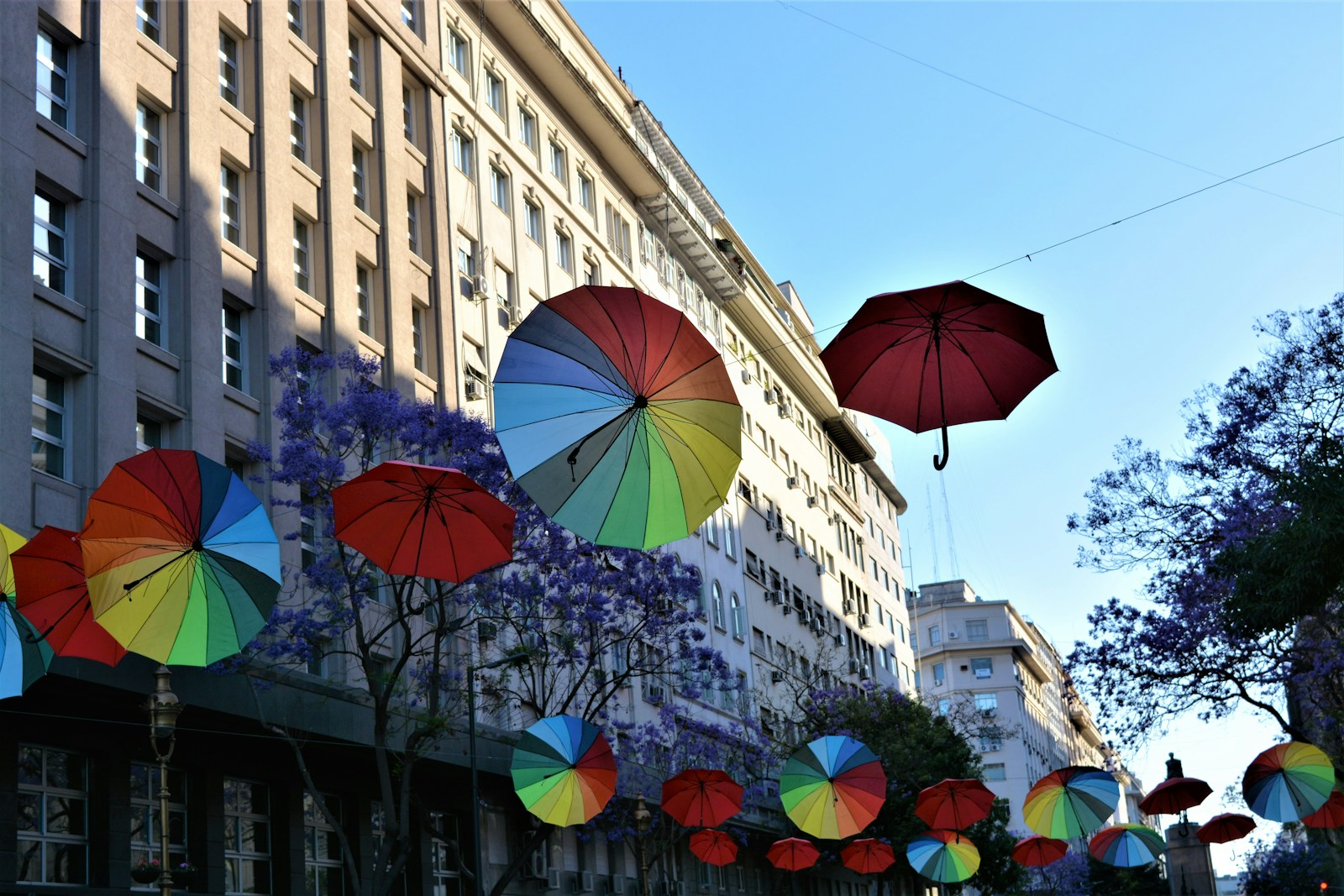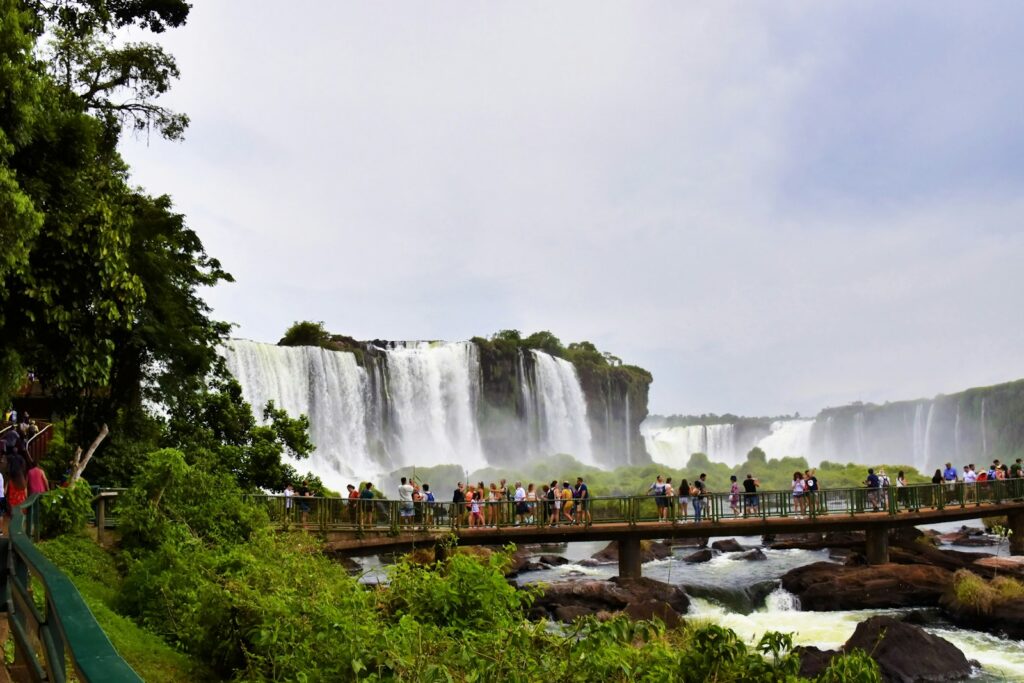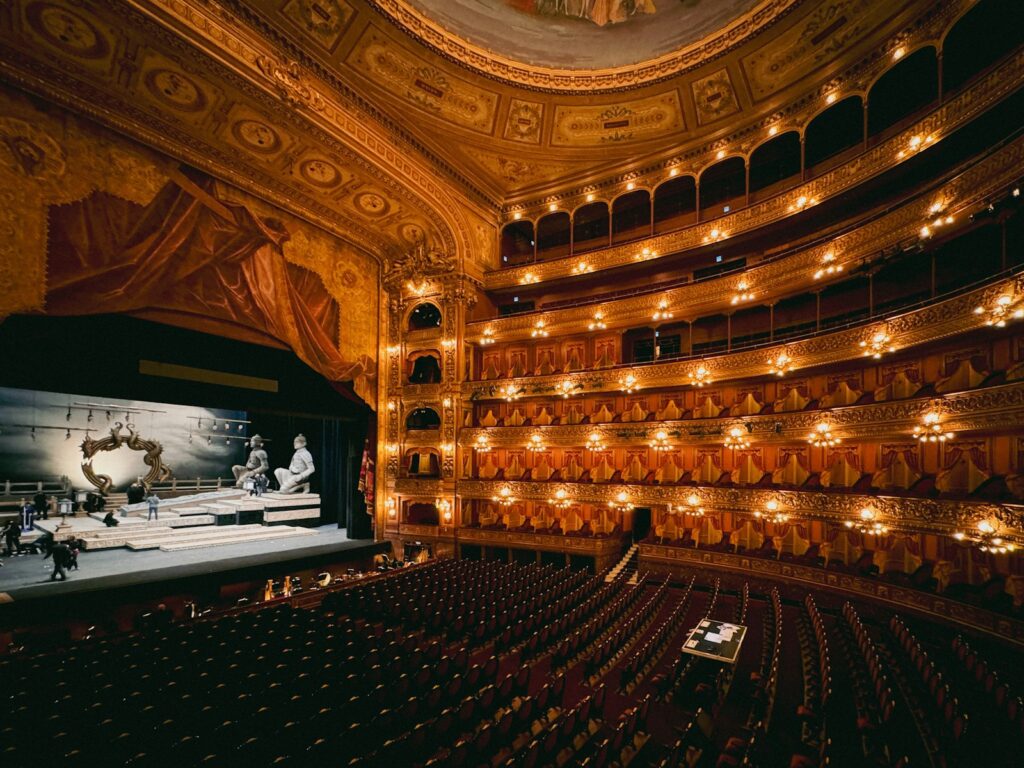
Argentina is a country of vast landscapes, vibrant culture, and unforgettable experiences. Whether you’re drawn to the majestic Iguazú Falls or the pulsating tango rhythms of Buenos Aires, Argentina offers accessible experiences for all. For disabled travellers, exploring this country is not only possible but enjoyable with the right planning. In this article, we’ll highlight the top accessible activities and everything you need to know to ensure a smooth and enriching trip.
Top Accessible Experiences in Argentina
Let’s dive right into the best accessible experiences in Argentina! From stunning natural wonders to cultural adventures, there’s plenty for disabled travellers to enjoy.
Iguazú Falls
Why Iguazú Falls is a Must-See
The jaw-dropping Iguazú Falls, one of the largest waterfall systems in the world, offers a fully accessible experience. The Iguazú National Park, located on the border of Argentina and Brazil, has designed its walkways and viewing platforms with accessibility in mind. Whether you’re in a wheelchair or have mobility concerns, you can get up close to the falls and enjoy breathtaking views of this natural wonder.
Accessibility Features
Wheelchair-friendly pathways: The park has numerous smooth, paved trails with ramps, leading to several panoramic viewpoints.
Electric carts: If walking is difficult, the park offers electric carts to transport visitors from the entrance to the main falls area.
Accessible restrooms: Throughout the park, you’ll find restrooms equipped with wide doors and grab bars.
Places to Eat Nearby
After a day of exploring the falls, you’ll want to recharge with a meal. Luckily, the park and its surrounding areas offer a few accessible dining options:
La Selva Restaurant: Located within the park, this buffet-style restaurant offers a range of Argentine dishes, with wheelchair access and spacious seating arrangements.
El Fortín: Just outside the park entrance, this restaurant provides accessible dining and serves local grilled meats and fresh salads.

2. Buenos Aires
The City of Tango and Accessibility
Buenos Aires, the bustling capital of Argentina, is a great city for disabled travellers. Many cultural attractions, including museums, theatres, and historic landmarks, have adapted to be accessible. The city’s public transportation network has made strides in improving accessibility, particularly on major bus routes.
Top Accessible Attractions
Recoleta Cemetery: Famous for its stunning architecture and as the resting place of Eva Perón, Recoleta Cemetery is mostly wheelchair accessible, though some areas may require assistance.
Museo Nacional de Bellas Artes (National Museum of Fine Arts): This museum is fully accessible, featuring ramps and elevators, and offers free entry. It’s a fantastic place to explore Argentine and international art.
Tango Show: Many tango shows are accessible, and some venues offer wheelchair seating. Be sure to call ahead to confirm accessibility at specific venues.
Places to Eat in Buenos Aires
Don Julio: A popular steakhouse in Palermo, Don Julio is wheelchair accessible and offers some of the finest Argentine beef.
Café Tortoni: Argentina’s most famous café, Café Tortoni is an accessible spot to enjoy traditional Argentine pastries and coffee.

3. Mendoza Wine Region
Accessible Wine Tasting in Mendoza
Argentina’s wine region, particularly Mendoza, is a must-visit for wine lovers. Several wineries offer accessible tours and tastings, making it easy to explore the world of Argentine Malbec. With breathtaking views of the Andes Mountains as a backdrop, Mendoza provides a serene, accessible experience.
Accessibility Features
Accessible wineries: Many wineries, such as Bodega Norton and Catena Zapata, have ramps, wide doorways, and accessible restrooms. Some even offer accessible vineyard tours with electric carts.
Accessible transportation: Though Mendoza is a smaller city, many taxi companies provide accessible vehicles for vineyard tours. Be sure to book ahead to ensure availability.
Places to Eat in Mendoza
After a wine tour, indulge in some of Mendoza’s best cuisine:
1884 Restaurante: Located in a historic building, this restaurant offers traditional Argentine dishes with an accessible entrance and seating options.
Azafrán: A modern eatery known for its local wines and creative dishes, with a wheelchair-accessible entrance.

4. Patagonia
Why Patagonia is Ideal for Disabled Travellers
Argentina’s Patagonia region is famous for its stunning landscapes, including glaciers, mountains, and vast plains. While some areas may be challenging for those with limited mobility, there are accessible options for exploring the region’s natural beauty.
Accessible Experiences in Patagonia
Perito Moreno Glacier: One of the most popular attractions in Patagonia, Perito Moreno Glacier offers accessible viewing platforms with ramps. There’s also an accessible boat tour that takes you up close to the glacier.
Accessible hiking trails: In El Calafate, you’ll find short, accessible trails offering beautiful views of the Patagonian landscape. Electric carts and accessible transport are also available in some parts of the region.
Places to Eat in Patagonia
La Tablita: A renowned restaurant in El Calafate offering local Patagonian dishes and wheelchair-accessible seating.
Pura Vida: Known for its home-cooked Argentine meals, this cozy spot has an accessible entrance and spacious seating.

5. Mar del Plata
Why Visit Mar Del Plata?
Mar del Plata is Argentina’s top beach destination, perfect for beach lovers. The city boasts beautiful stretches of coastline and offers accessibility features that make it enjoyable for everyone.
Accessibility Features
Beach wheelchairs: Several beaches in Mar del Plata offer beach wheelchairs, allowing disabled visitors to access the sand and water more easily.
Accessible beachfront hotels: Many hotels along the coast are wheelchair-friendly, offering ramps, wide doorways, and accessible restrooms.
Places to Eat in Mar del Plata
Sarasanegro: A popular seafood restaurant with a wheelchair-accessible entrance and outdoor seating options.
La Marina: Known for its fresh seafood, La Marina offers an accessible dining experience with breathtaking ocean views.

How to Get to Argentina from Australia and Elsewhere
Flights from Australia
Reaching Argentina from Australia involves long-haul flights, but several airlines offer comfortable routes with the necessary accommodations for disabled travellers. The main international gateway is Ezeiza International Airport (EZE), located just outside Buenos Aires. Here are some options:
Sydney to Buenos Aires: Direct flights are rare, so you’ll likely have a layover in Auckland or Santiago. Airlines like Qantas and LATAM offer routes with adequate facilities for passengers with limited mobility.
Melbourne to Buenos Aires: You can fly with LATAM via Santiago or Qantas through Auckland. Most long-haul airlines provide wheelchair assistance and accessible seating.
Brisbane to Buenos Aires: Expect a stopover in Santiago with LATAM. Flights from Australia to Buenos Aires typically take 17-20 hours, including layovers.
Flights from Other Locations
From the U.S.: American Airlines, Delta, and United Airlines offer direct flights from New York, Miami, and Houston. These airlines provide accessible services, including in-flight assistance and priority boarding.
From Europe: Non-stop flights from Madrid, London, and Paris are available with airlines like Iberia, Air France, and British Airways. These carriers offer accessible amenities, making it easier for disabled travelers to fly comfortably.
Arrival at Ezeiza International Airport (EZE)
Ezeiza Airport is equipped with accessibility features such as ramps, elevators, and wheelchair-friendly restrooms. Upon landing, you can request assistance for baggage handling and getting to your transportation. Several taxi companies offer accessible vehicles, and ride-sharing services like Uber are also available.
Visa Information for Disabled Travelers
For Australian Citizens
Australian travellers do not need a visa for stays of up to 90 days. Make sure your passport is valid for at least six months beyond your intended stay. In case you require medical equipment or medication, it’s a good idea to carry a doctor’s note for hassle-free customs clearance.
For Other Travelers
U.S. Citizens: No visa is required for stays under 90 days.
European Citizens: Most EU citizens are exempt from needing a visa for up to 90 days.
Medical Requirements: If you’re traveling with specific medical equipment or medications, make sure to declare them and have appropriate documentation ready.
Travel Essentials for Disabled Travellers in Argentina
To ensure a smooth and enjoyable trip, here are a few travel essentials to consider:
Accessible Transportation
Getting around Argentina is relatively easy, thanks to an increasing number of accessible options in major cities. Buenos Aires, for example, has several wheelchair-friendly public buses, and taxis with accessible ramps can be booked in advance. Outside the city, however, transportation can be a bit more challenging, so planning is key.
Currency and Money Exchange
The Argentine Peso (ARS) is the local currency, and it’s a good idea to carry cash, as many smaller establishments do not accept credit cards. Some ATMs are wheelchair accessible, especially in major cities like Buenos Aires, Córdoba, and Mendoza.
Language Barrier
While Spanish is the official language, many Argentinians in the tourism industry speak English. Still, learning a few basic Spanish phrases, particularly when requesting assistance, can enhance your travel experience.

If you would like to read some key insights on the travelling woman, you need to check out, Devilishyou
Bonus Tip: Always Book Accessible Tours in Advance
When traveling to Argentina, especially as a disabled traveler, it’s crucial to book accessible tours and accommodations in advance. This guarantees a smoother experience and ensures that any special requirements are met before arrival.
Final Argentina Thoughts
Argentina is a diverse and captivating destination, offering accessible experiences for travelers with disabilities. From the natural beauty of Iguazú Falls to the vibrant streets of Buenos Aires, there’s something for everyone to enjoy. With proper planning, you can discover the best that Argentina has to offer, making your trip both memorable and accessible!
Exploring New South Wales: Top 5 Destinations for the Avid Traveler
New South Wales (NSW) is one of Australia’s most dynamic regions, offering incredible natural wonders, vibrant cityscapes, and unforgettable experiences. Whether you’re into surfing, wine tasting, hiking, or cultural exploration, NSW has something for every kind of traveler. As a 33-year-old adventurer, you’ll find that this region ticks all the boxes for a perfect trip. From the iconic Sydney skyline to the stunning beaches of Byron Bay, there’s a whole world waiting to be explored. Plus, with accessibility being a priority in most major destinations, you can enjoy these experiences regardless of mobility needs.





